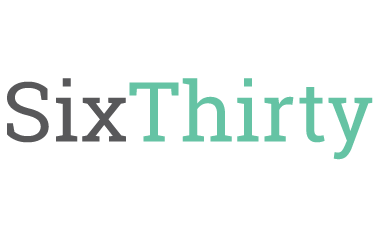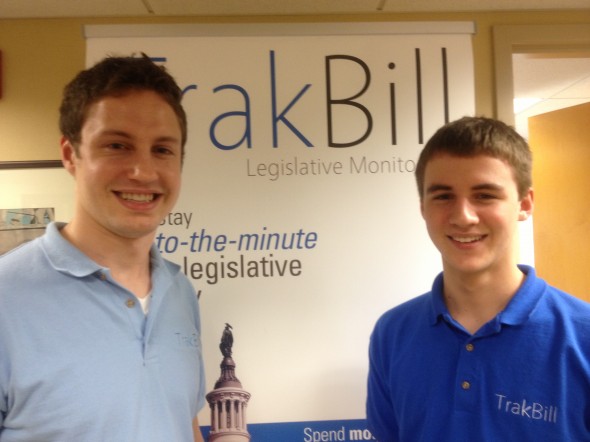Students in the CELect Entrepreneurship Course, held at the T-REx startup accelerator, are sharing their team projects with the Olin Blog. Undergraduate student team George Dunning, Devin Goodkin, Brian Kim, and Josh Rotker describe their experience working with local startup Tallyfy.
Our group met at the first class meeting, where Prof. Cliff Holekamp explained basic strategies to estimate market size using top-down and bottom-up approaches. During this time, we were also able to form a work plan for the semester by identifying our project, delegating responsibilities, and creating a timeline for the deliverables.
One week into the project, we met up with Tallyfy CEO Amit Kothari to flesh out Tallyfy’s needs. Amit is extremely passionate about Tallyfy’s vision and provided us with a plethora of insight on the company’s past, present, and future. He ensured that we were well-equipped to approach the project, and made it clear that he is readily available for communication throughout the duration of the project.
Our team has been consulting with Amit to deliver a go-to-market plan for their newest application, One URL, a process-tracking and workflow tool. Amit tasked us with identifying which markets offered the greatest potential for this new app.
Part of the challenge is narrowing down the vast array of potential markets. We first created a set of criteria for the types of companies and business processes that could best utilize One URL. In our initial brainstorming, our team was able to identify over 30 markets, which we then limited to 10 initial markets.
This stage taught us the value of utilizing research and data. While we initially assumed certain markets would be a perfect fit, those assumptions happened to be short-lived. Prior research and current applications negated the feasibility of implementing One URL into what we originally thought were strong industries. With a deep dive into each of the 10 markets, we narrowed down the top potential to four markets.
We have also utilized interviews as a tool for this process. Talking to professionals within these potential markets has provided incredible and tangible insight. With this information, we can better understand the needs of niche markets and identify the decision makers Amit would need to reach out to in order to implement One URL.
Throughout the process, Cliff has pointed out pitfalls, helped us align consumer willingness to pay with Tallyfy’s price strategy, and clarified the types of markets to pursue. Additionally, Cliff has advised us to interview as many business professionals as possible, in order to fully grasp the “business pains” this product will solve.
Our plan is to deliver a detailed and implementable go-to-market plan for One URL. We will do so by conducting more in-depth interviews, sizing the market, getting as much feedback as we can, and writing out the plan. We look forward to delivering it to Amit and his team!
Guest bloggers: George Dunning, Brian Kim, and Josh Rotker, all BSBA ’18, and Devin Goodkin, Arts & Sciences ’18.











